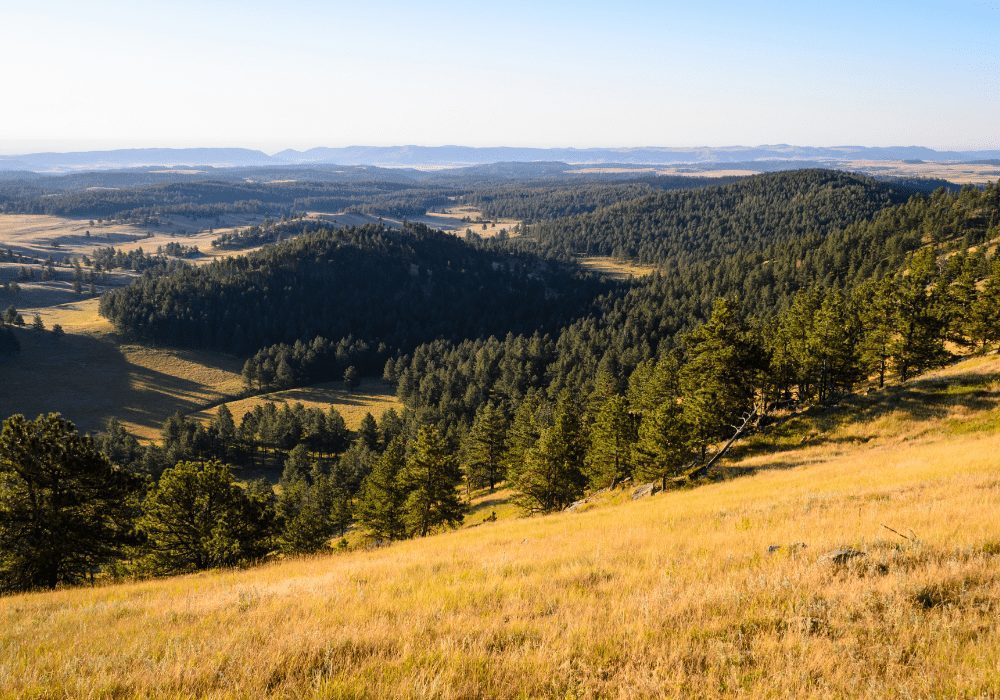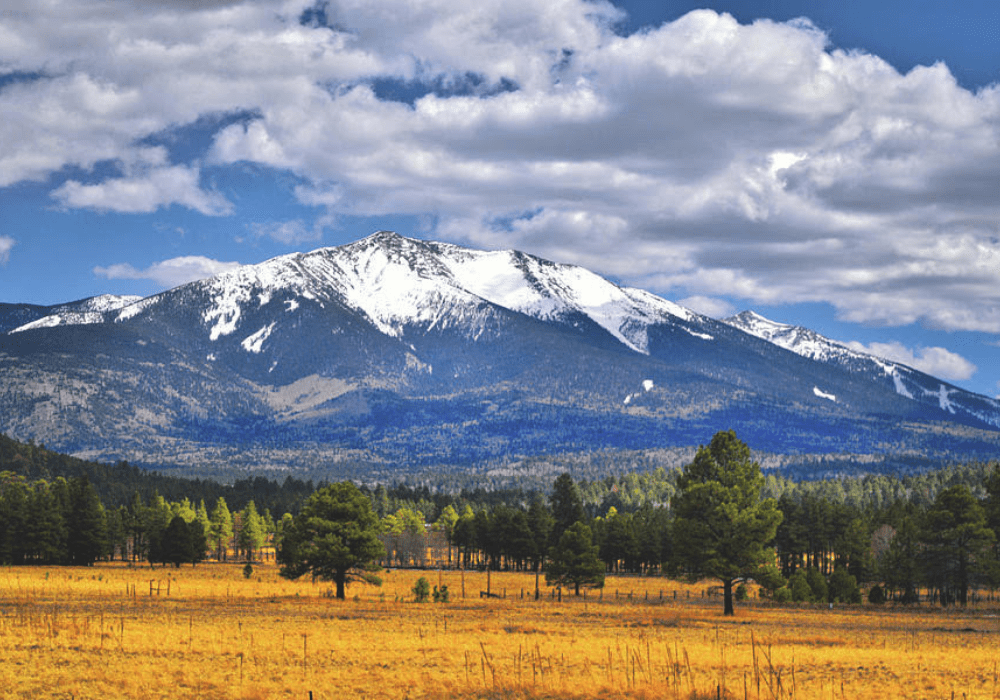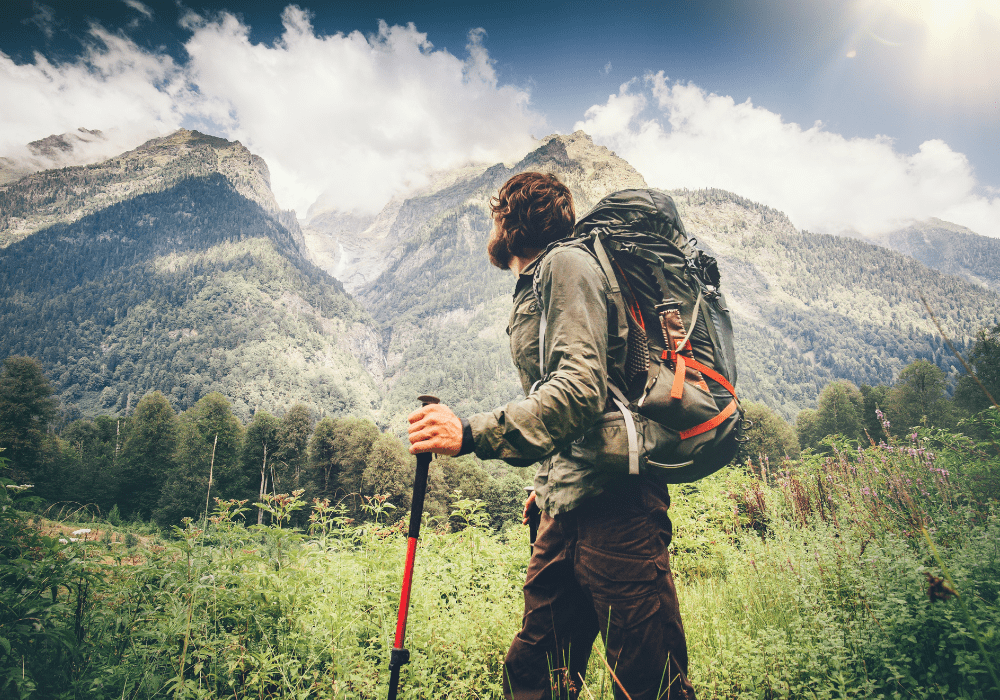
Wind Cave National Park
Location: Wind Cave National Park, South Dakota, USA
Features: Cave tours, wildlife viewing, hiking trails, campground
Table of Contents
About the Wind Cave National Park

Wind Cave National Park is one of the oldest national parks located 10 miles (16 km) north of the town of Hot Springs in western South Dakota. Established in 1903 by President Theodore Roosevelt, it was the seventh national park and the first cave to be designated a national park anywhere in the world. The cave is notable for its calcite formations known as boxwork, as well as its frostwork.
Approximately 95 percent of the world’s discovered boxwork formations are found in Wind Cave. The cave is recognized as the densest cave system in the world, with the greatest passage volume per cubic mile. Wind Cave is one of the longest caves in the world with 149.01 miles (239.81 km) of explored cave passageways, as of 2018. Above ground, the park includes the largest remaining natural mixed-grass prairie in the United States.
Top 3 Adventure Hacks For Wind Cave National Park
1) Enjoy Cave Tours
Cave tours is one of the popular activities at Wind Cave National Park, it is ranger-guided tour for visitors who wants to explore the cave. During this 4-hour tour visitors will be introduced to basic and safe caving. Best to wear old clothes (Long pants, long-sleeved or shirts and jackets are preferred) gloves, boots or shoes with non-slip soles are also required for this tour because much of the trip involves crawling.
Wind Cave will provide participants with hard hats, lights and knee pads. This tour is limited to 10 people and the minimum age is 16.
2) Notice The Boxwork Formation
Wind cave National Park Features the World’s largest concentration of rare and finest boxwork formation, it is uncommon structure of honeycomb pattern projecting calcite from cave wall.
3) Variable Weather Possible
It is always best to check the local forecast and current road condition before planning to visit the park. Wind Cave National Park has seasonal weather condition, it is generally warmer and drier. Winter snowfall averages 30 inches annually. Spring and fall days vary from sunny and warm to cool, rainy, and windy. Summer brings warm daytime temperatures with cool evenings.
Severe thunderstorms are common in June and July and can produce large hail and severe lightning. Slow moving storms can dump large amounts of rain over a small area, leading to flash flooding. Be cautious all the time specially when camping near a creek bed even if it is dry.
No matter what the adventure, always be sure to bring the necessary outdoor gear with you.
Been to this national park recently?
Rate it and tell us about your experience!




